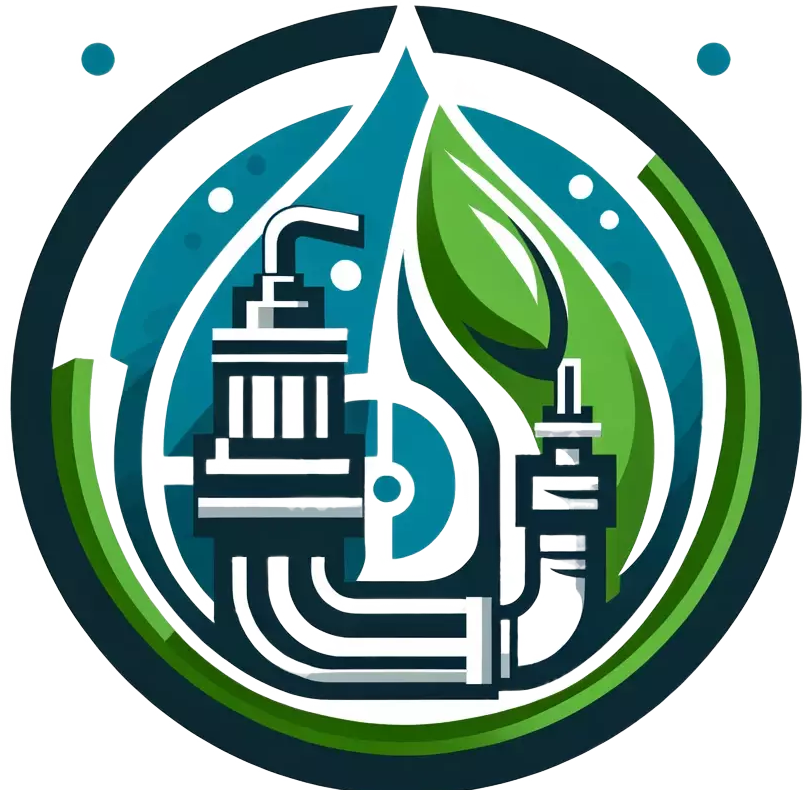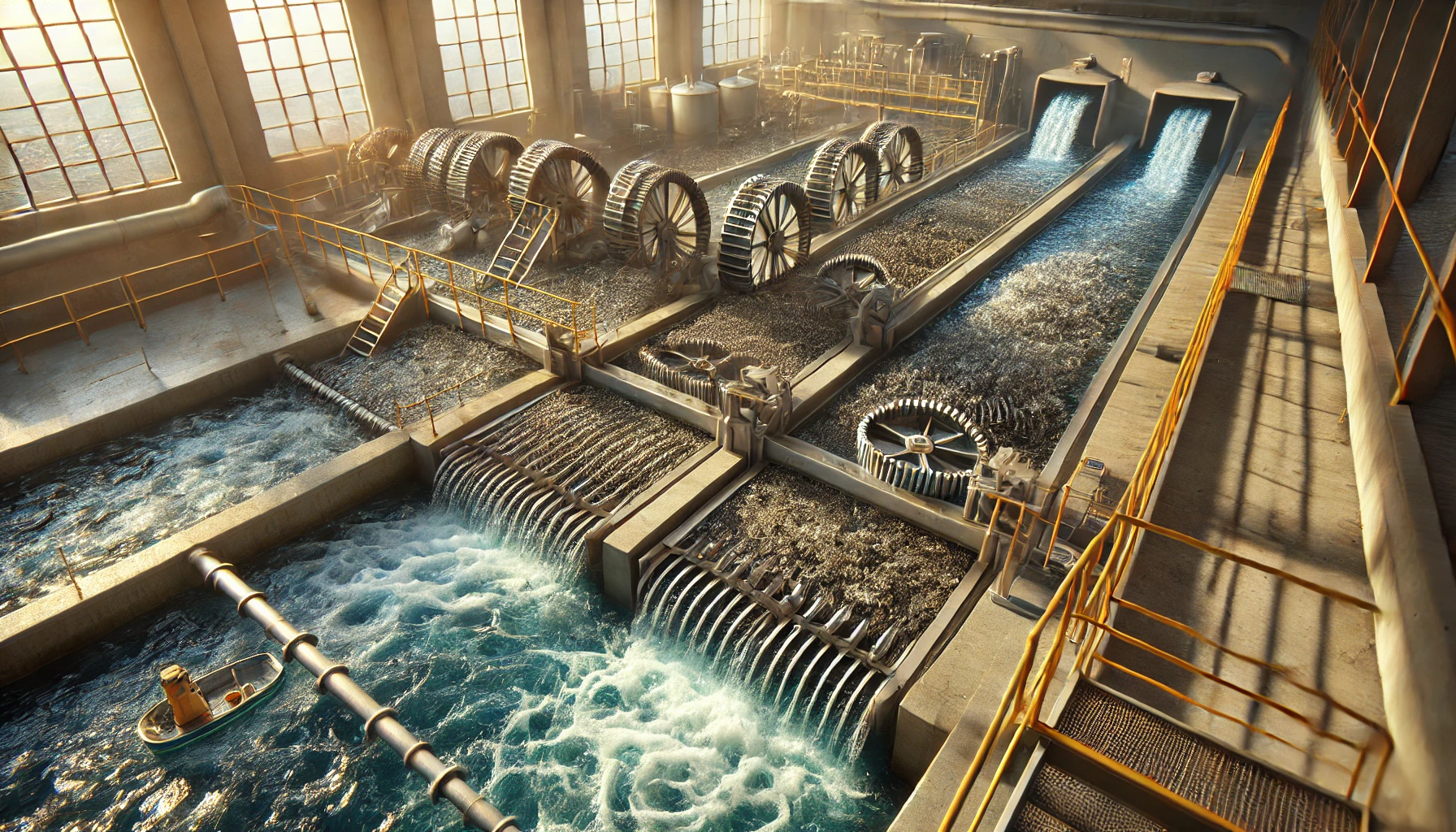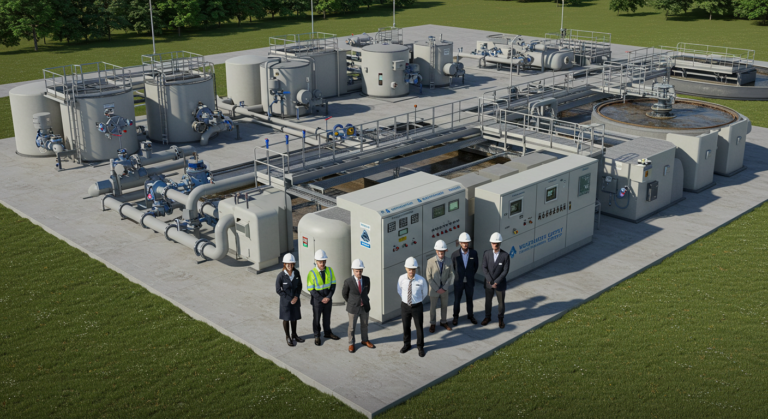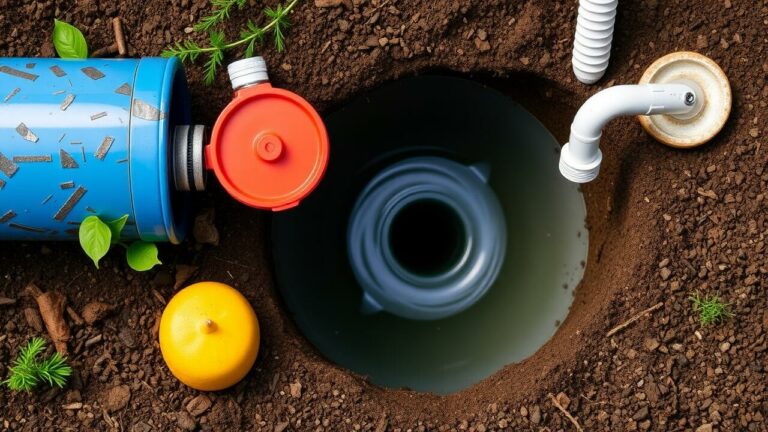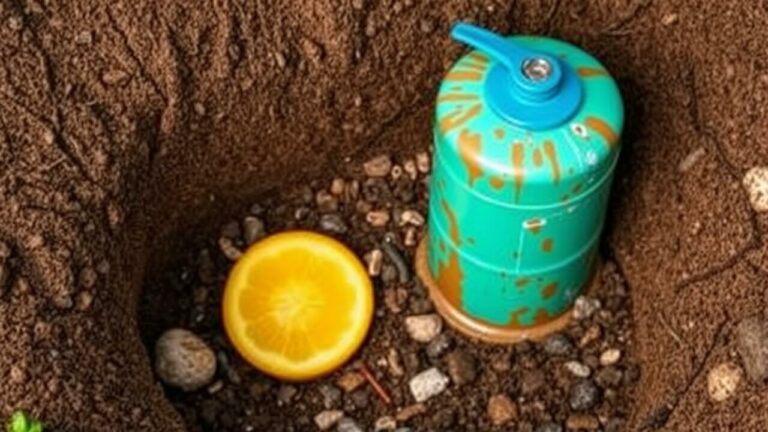Bar Screens and Chain Rakes | Efficient Wastewater Treatment Solutions
Efficient wastewater treatment is essential for maintaining public health and environmental safety. One key component in this process is Bar Screens and Chain Rakes. These tools play a vital role in the initial stages of wastewater treatment, helping to remove large debris and preventing blockages in downstream equipment. In this article, we will explore what bar screens and chain rakes are, how they work, and why they are indispensable in modern wastewater treatment plants.
Understanding Bar Screens
Bar screens are one of the first lines of defense in the wastewater treatment process. They are essentially large sieves that catch and remove large objects, such as rags, plastics, and other debris, from the wastewater flow. These objects, if left unchecked, can cause significant damage to downstream equipment, leading to costly repairs and downtime.
Bar screens consist of parallel bars spaced at specific intervals. As wastewater flows through the screen, debris larger than the spacing between the bars is caught and removed. The size of the bar spacing can vary depending on the specific needs of the treatment plant. Coarse bar screens have wider spacing and are typically used for preliminary treatment, while fine bar screens have narrower spacing and are used for more advanced stages of debris removal.
The Role of Chain Rakes
Chain rakes work in tandem with bar screens to ensure that the collected debris is efficiently removed from the screen surface. Without chain rakes, the trapped debris could clog the bar screens, reducing their effectiveness and causing overflow issues.
Chain rakes consist of a series of teeth mounted on a chain. As the chain rotates, the teeth pass through the bar screen, picking up debris and carrying it to the top of the screen where it is discharged into a collection bin. This continuous operation ensures that the bar screen remains clear and functional, maintaining a smooth flow of wastewater through the treatment plant.
Benefits of Using Bar Screens and Chain Rakes
Bar screens and chain rakes offer several significant benefits to wastewater treatment plants:
- Efficient Debris Removal: By catching and removing large objects early in the treatment process, bar screens and chain rakes prevent damage to more delicate downstream equipment, such as pumps and clarifiers.
- Reduced Maintenance Costs: Preventing blockages and damage to equipment reduces the need for frequent maintenance and repairs, saving time and money for the treatment plant.
- Improved Treatment Efficiency: Keeping large debris out of the treatment system allows other treatment processes, such as biological and chemical treatments, to operate more effectively.
- Enhanced Environmental Protection: Efficient debris removal helps prevent pollution and ensures that the treated water meets environmental standards before being discharged into natural water bodies.
The Importance of Bar Screens and Chain Rakes in Wastewater Treatment
When it comes to maintaining the efficiency and reliability of wastewater treatment plants, Bar Screens and Chain Rakes are indispensable. These components are specifically designed to handle the heavy load of debris that enters the treatment system, ensuring that downstream processes can function without interruption. By removing large objects early in the treatment process, bar screens and chain rakes protect sensitive equipment from damage and reduce the need for costly repairs. This not only saves money but also ensures that the treatment plant operates smoothly and efficiently. Moreover, efficient debris removal helps in meeting stringent environmental regulations, contributing to cleaner and safer water bodies.
Types of Bar Screens
There are several types of bar screens used in wastewater treatment plants, each designed for specific applications:
- Manual Bar Screens: These are the simplest type, where the debris is removed manually using rakes. While cost-effective, they require regular human intervention and are typically used in smaller or less critical applications.
- Mechanical Bar Screens: These screens use automated systems to remove debris, reducing the need for manual labor. They are more efficient and suitable for larger treatment plants with higher debris loads.
- Static Bar Screens: These screens have no moving parts and rely on the flow of wastewater to push debris through the screen. They are low-maintenance and suitable for applications with consistent flow rates.
- Rotary Bar Screens: These screens rotate to continuously remove debris, offering high efficiency and reliability. They are ideal for large treatment plants with variable flow rates.
Types of Chain Rakes
Chain rakes also come in various designs to match the needs of different treatment plants:
- Single Rake Systems: These systems use a single chain and rake to remove debris. They are simple and effective for smaller applications.
- Multiple Rake Systems: These systems use multiple rakes on a single chain, increasing the debris removal capacity. They are suitable for larger treatment plants with high debris loads.
- Continuous Chain Rake Systems: These systems use a continuous chain loop to remove debris continuously. They offer the highest efficiency and are ideal for large-scale operations.
Installation and Maintenance
Proper installation and regular maintenance are crucial for the optimal performance of bar screens and chain rakes. Here are some tips to ensure their longevity and efficiency:
- Installation Tips:
- Ensure that the bar screen and chain rake are properly aligned to prevent undue wear and tear.
- Use high-quality materials to withstand the harsh conditions of wastewater treatment environments.
- Consider the flow rate and debris load when selecting the type and size of the screen and rake.
- Maintenance Tips:
- Perform regular inspections to identify and address any signs of wear or damage.
- Clean the bar screen and chain rake regularly to prevent buildup of debris and ensure smooth operation.
- Lubricate moving parts to reduce friction and extend the lifespan of the equipment.
Conclusion
Bar screens and chain rakes are essential components in the efficient operation of wastewater treatment plants. They play a critical role in removing large debris, protecting downstream equipment, and ensuring that the treatment process runs smoothly. By understanding how these tools work and following best practices for their installation and maintenance, treatment plants can enhance their efficiency, reduce costs, and contribute to environmental protection.
Incorporating bar screens and chain rakes into your wastewater treatment process is a smart investment that pays off in improved performance and reduced maintenance costs. Whether you are upgrading an existing system or designing a new treatment plant, these tools should be at the top of your list.
For more information on selecting and maintaining bar screens and chain rakes, or to explore our range of wastewater treatment solutions, visit our website or contact our team of experts at Waste Water Supply. We’re here to help you achieve the highest standards of efficiency and reliability in your treatment operations.
